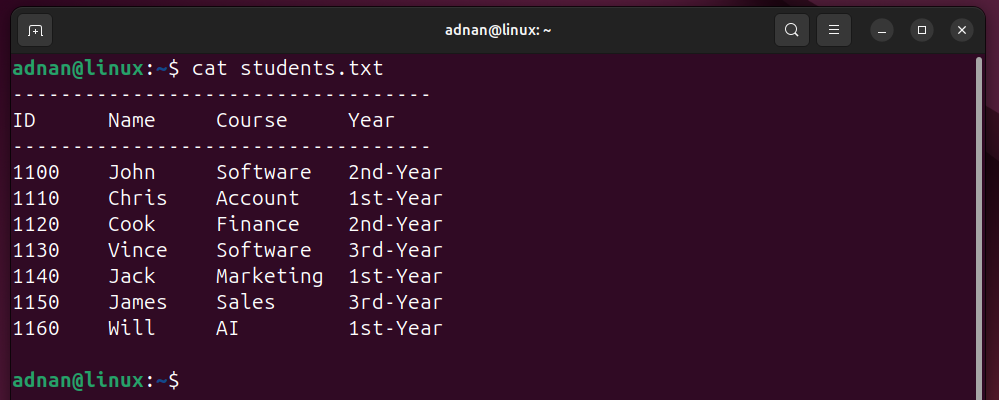The Logrotate energy streamlines the process of administering log files. It transfers and changes log files to manage their dimension and arrange them while maintaining the details present inside them. For instance, it will keep seven log documents to keep daily records for 7 days.
While revolving the log data, Logrotate removes irrelevant old logs, avoiding them from eating too much disk area. It runs regularly behind-the-scenes to keep your systems organized and tidy. So, if you want to learn about Logrotate, this blog is for you. Here, we have included comprehensive info concerning just how to establish Logrotate on Linux.
How To Establish Logrotate on Linux
Although numerous Linux circulations have Logrotate as the pre-installed utility. However, if your system does not have Logrotate, please make use of the following command to mount it:
sudo appropriate install logrotate

Currently, allow’s move to the configuration component. There are two type of logrotate arrangements– global and system-specific. Open the ‘/ etc/logrotate. conf’ data utilizing a text editor. It is Logrotate’s main configuration documents, and any changes made to it will certainly affect the entire system.
sudo nano / etc / logrotate.conf


This documents has 3 key sections:
- To specify the rotation frequency, i.e., the moment it should turn the logs. It is readied to regular by default, but you can alter it to daily, weekly, or monthly.
- To define the variety of rotated documents it should keep, change the worth based on just how much historical information you intend to retain. For instance, ‘revolve 4 overviews it to maintain the latest 4 rotated log files and remove the earlier ones to maximize disk space.
- The 3rd is to define the consents and ownership of the new log files it’ll create.
You can modify these settings according to what suits your system best. As an example, to preserve weekly documents for one month( 28 days), you should get in:
regular
turn 4
produce 0644 root root
This way, it will turn one data regular and maintain 4 such files. Even more, it creates a brand-new log declare currently occurring events while giving the origin individual and group the read-and-write consents and read-only for others.
If you have to check a certain application’s logs for underlying problems. In that instance, you can tailor log rotation setups for that application by creating its separate logrotate arrangement documents. Let’s take an instance of conda. First, produce its data utilizing:
sudo nano / and so on / logrotate.d / conda
In this documents, include arrangements details to the conda logs:
/ var / log / conda / * log {
regular
turn 4
press
delaycompress
missingok
notifempty
produce 0644 root root
}


Here, the compress command guides to compress the data so that resulting documents occupy less area. With the delaycompress command, you can hold the current revolved data uncompressed to make it practical for the individuals to refer to it.
The missingok alternative informs logrotate to overlook the absence of a log file and proceed its procedures without any error. At last, with notifempty, logrotate will not revolve any kind of empty log documents. The logrotate should run instantly as per the default setups. Nevertheless, you have to confirm it utilizing:
nano / etc / cron.daily / logrotate
A Quick Wrap-up
Knowing the setup process of the logrotate energy is crucial for system administrators and is also crucial for disk monitoring in Linux tools. Therefore, this blog discusses the approaches utilized to establish logrotate on Linux. You can modify configurations worldwide and simultaneously alter them for specific applications. In addition, system-specific arrangements ought to be used sensibly due to the fact that they always bypass worldwide settings.


